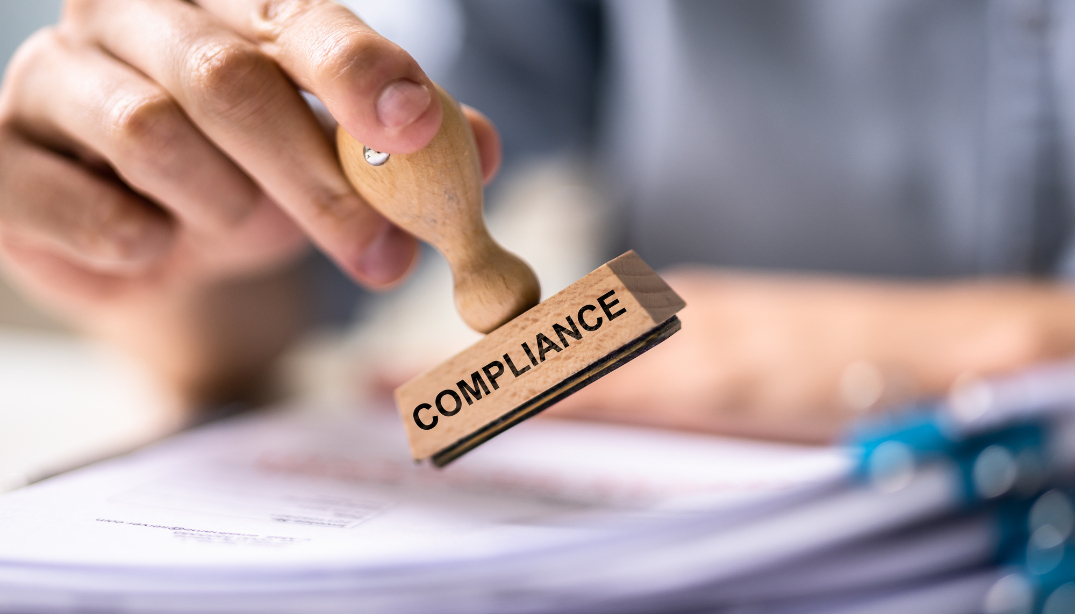Many people ask Insuret what our fleet insurance will cost.
Fleet insurance is unlike retail insurance where policies are taken for individual vehicles and premiums are calculated on many individual factors including:
- type and value of the vehicle
- person driving the vehicle
- person’s accident history
- person’s driving history
- how the vehicle is used
- how and where the vehicle is garaged
- the state in which the vehicle is driven.
When you own a fleet of vehicles it is administratively difficult and inefficient for the owner of the fleet to purchase insurance on an individual vehicle basis. Generally, this would require a business to manage many individual vehicle policies which may have:
- different purchase dates
- different registration dates
- different vehicle specifications
- different drivers with varied accident and driving histories
- different garaging scenarios.
Capturing and storing all of this information to accurately negotiate individual insurance policies would add significant time and cost to a business. Understanding the specific policy terms that will apply to each individual policy can also be difficult, particularly when the business needs to make a claim.
Key features and advantages of a fleet policy
Commercial fleet policies are generally designed to remove the administrative and cost burden for the business and the insurer. Some of the key features and advantages for a business to seek to purchase a fleet policy include:
- common due date
- standard policy terms
- simple premium structure
- how premiums are structured
- types of vehicles on fleet
- driver qualification
- how the vehicles are used
- inflation
- evidence gathering
- excess
- claims experience.
Common due date
Fleet policies have a common due date. This means that the entire fleet falls due at the same time. This removes significant administration from a business.
Standard policy terms
Fleet policies will have more standardized terms and conditions. These will generally apply across your entire fleet. This provides a business with clarity in cover with regards to what is covered and or excluded from cover across the entire fleet.
Simple premium structure
Fleet policies generally have a set rate per vehicle across the fleet and across common vehicle types. This makes the fleet owner’s job of calculating the total cost of cover for the fleet simpler.
How premiums are structured
Fleet insurance policies consider some of the following aspects when it comes to pricing:
- Types of vehicles on fleet - The types of vehicles you have on your fleet will have a bearing on the risk exposure for the insurer. Cheaper and or more vanilla vehicles equals less exposure. Expensive, large, heavy or unique vehicles equate to higher exposure. Some vehicles are renowned for being expensive to repair. Your procurement choices have an impact on premium outcomes
- Driver qualification - How a business manages who they allow to drive their vehicles has a bearing on claims experienced. This includes any internal policies and procedures that may be incorporated into the use of vehicles and or driver training programs and initiatives the business provide to employees.
- How the vehicles are used - Where, how and how often vehicles are used will have a bearing on claims frequency. If vehicles are on the road all day and or travel long distances the are significantly more likely to become involved in an accident.
- Inflation - Inflationary measures are a key factor in understanding future claims costs. In the current economic environment of increasing inflation, is it fair to say that the cost of repairs for your vehicles today will be higher in the following year. This needs to be factored into your cost of insurance.
Evidence gathering
Businesses that are serious about having lower premiums will generally be serious about preventing accidents, and having information flows that will help reduce claims costs. Many organisations now incorporate technologies to reduce claims exposure including:
- telematics
- dashcams
- digital claims process to collect evidence for a claim.
Excess
The excess you choose will have a significant bearing on the premiums you are charged. If you are a business that wants to transfer as much risk as possible you can expect to pay a high premium compared to a business that is prepared to have a higher excess. If you have good risk mitigation strategies in your business and or processes that enable you to manage small or non-complex accidents, you may be a candidate to carry a higher policy excess on your fleet policy.
Claims Experience
One of the most – if not the most - important factor driving fleet premiums is the cost of claims across the entire fleet. Businesses that have a low accident frequency and cost will always pay less than businesses that have a high frequency of claims and or high-cost claims. Claims experience is generally factored across a 3-to-5-year trending period. This allows an insurer to average a claims experience across a wider period to deliver a fairer and consistent premium rate to a business.
So what will it cost?
Most of the factors considered above relate to the way a business is run, the people in the cars and the types of cars within the fleet.
The key outcome is the claims experience that develops over time. This is what the cost of claims are. This should be measured over a 3-year trending period to understand what your average cost of claims is year on year.
If you understand your average yearly cost of claims for the business, simply divide that total cost by the number of vehicles you have. This will give you the average accident cost per car.
Many insurers operate to a £65% loss ratio to operate at a fair and profitable margin. When reverse engineered, this simply means that for every $100 in premium you pay, the insurer aims to pay out $65 in claims costs to manage accidents. The remaining $35 or 35% goes toward the overheads of running an insurance operation which include:
- buying reinsurance to protect against large events
- employing staff to manage your policy
- having adequate reserves for unknown losses
- making an operational margin
No matter what, you should always do whatever you can to drive your cost of accidents down. Pair this with the appropriate appetite for your excess and you should find that your business can pay lower than average fleet premiums.
If you’d like to speak with one of our team members directly about the cost of fleet insurance for your business, contact us today. Or complete our online quote application and proposal.






